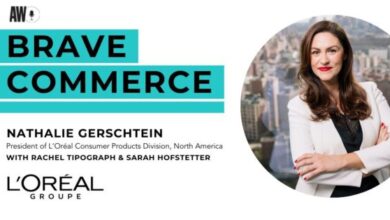
Identifying the problem
The anonymous DSP executive learned of the scope of the problem through their own forensics.
“My way of determining this is to examine and compare the ID received in the bid request, told to us by the exchange, to the ID we see directly in our cookie when we serve the ad,” the DSP source said. “So I’m looking at the rate at which the ID is consistent from the bid request to the ad delivery.”
I haven’t heard a single DSP, say, ‘Yeah, I knew that was happening’
—Anonymous exec
Using a cookie, the ID in the bid request should be consistent with the ID attached to the resulting ad. When there are discrepancies, it’s likely the SSP or publisher is using another kind of ID or technique.
According to the DSP source’s bidstream data, the consistency rate for one SSP was only 36%, meaning it was hard to verify that the user targeted was the one receiving the ad. This affects an estimated 5%-10% of the impressions this DSP runs, making conversion tracking and frequency capping more difficult.
Many DSPs first learned that their sell-side partners were ID bridging or using probabilistic techniques instead of cookies to identify users at the IAB Tech Lab conversations in February.
“I haven’t heard a single DSP, say, ‘Yeah, I knew that was happening,’” said a source familiar with IAB tech lab conversations.
Day, however, said he first noticed these identification techniques in 2018-2019 when Quantcast launched cookieless measurement.
“When we started to develop our first cookieless measurement, there was a lot of smoke and mirrors,” Day said.
Source link




